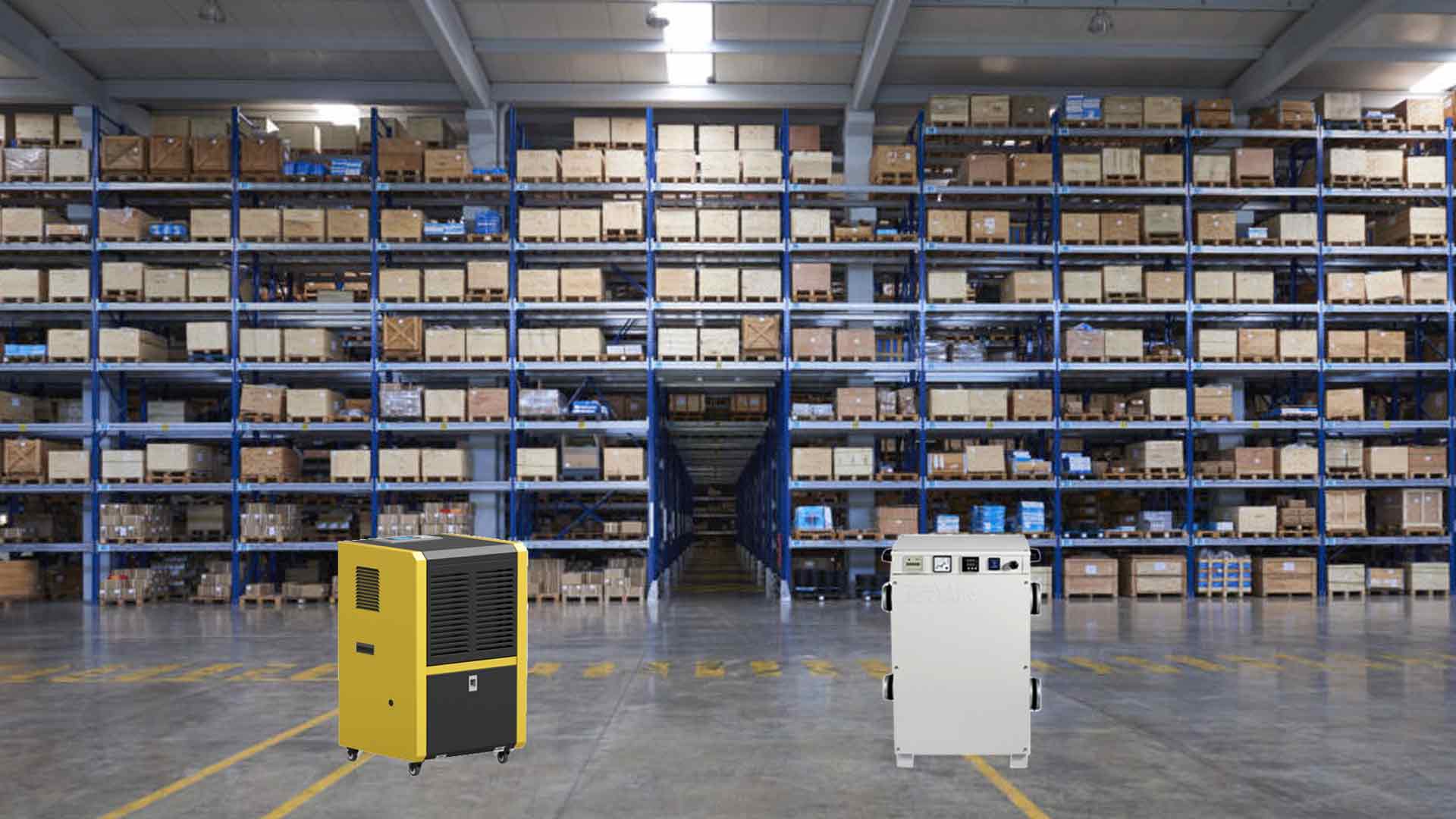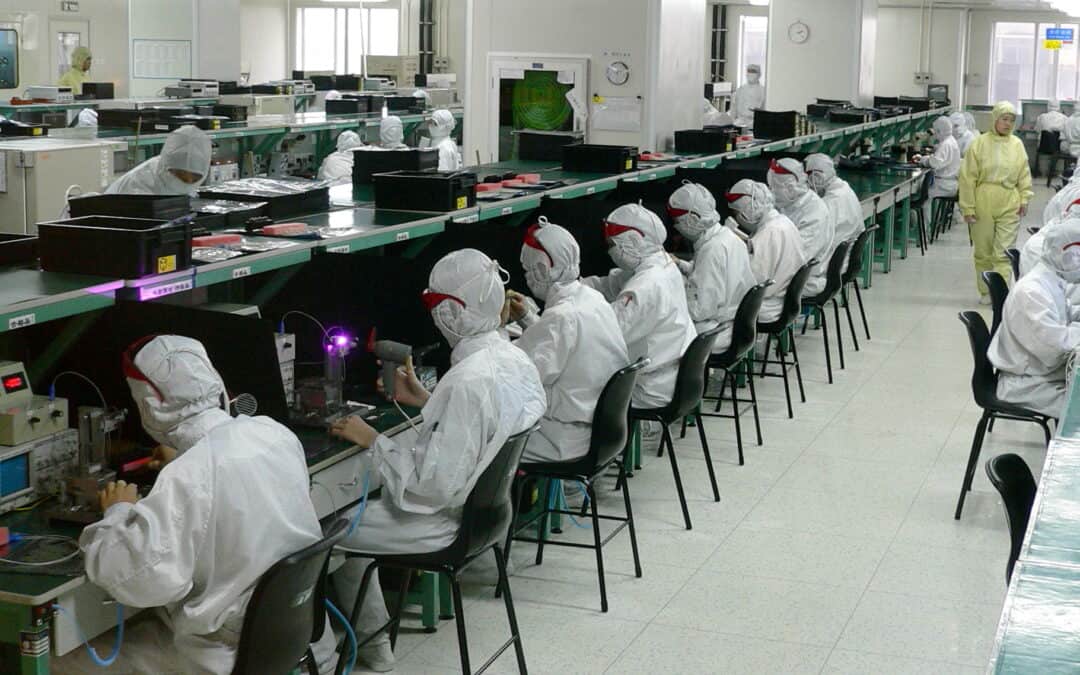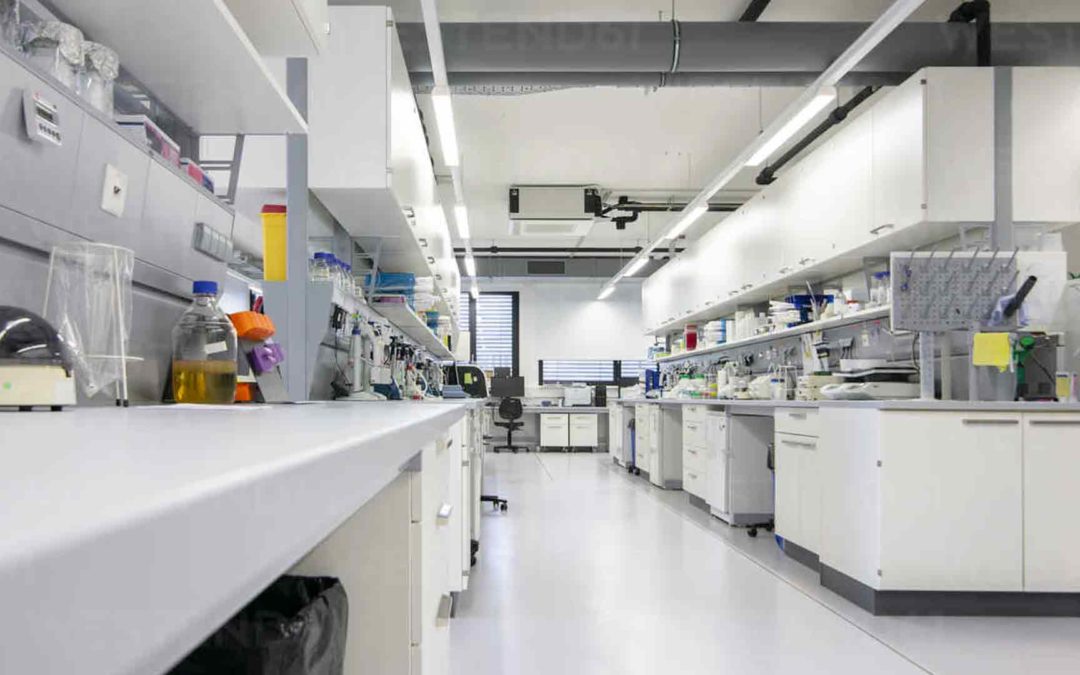Dehumidifiers and humidifiers are essential tools for maintaining optimal humidity levels in various settings, such as homes, offices, and industrial facilities. But how do these devices work, and what are the scientific principles that govern their operation? In this article, we’ll explore the science behind dehumidifiers and humidifiers to help you understand their importance and how they can benefit your business.
Dehumidifiers: The Science of Removing Excess Moisture
Dehumidifiers work by extracting moisture from the air, reducing the humidity levels within a space. There are two main types of dehumidifiers: refrigerant-based and desiccant-based. Let’s take a closer look at each.
- Refrigerant-based dehumidifiers
These dehumidifiers operate on the principles of condensation and evaporation. They contain a cold evaporator coil and a warm condenser coil. When warm, moist air is drawn into the unit, it comes into contact with the cold evaporator coil. The moisture in the air then condenses on the coil, turning into liquid water, which is collected in a reservoir or drained away. The now-dry air is then reheated by the warm condenser coil and released back into the space.
- Desiccant-based dehumidifiers
Desiccant dehumidifiers use a moisture-absorbing material, such as silica gel or activated alumina, to remove humidity from the air. As the moist air passes through the desiccant material, the moisture is absorbed, and the dry air is then circulated back into the space. Desiccant dehumidifiers are particularly effective in colder environments where refrigerant-based dehumidifiers may struggle to work efficiently.
Humidifiers: The Science of Adding Moisture to the Air
Humidifiers work by adding moisture to the air, increasing humidity levels within a space. There are several types of humidifiers, including evaporative, ultrasonic, and steam-based humidifiers. Here’s a brief overview of each:
- Evaporative humidifiers
These devices use a fan to draw in dry air and pass it through a wet wick or filter. The moisture in the wick evaporates into the air, raising the humidity levels. The humidified air is then circulated back into the space.
- Ultrasonic humidifiers
Ultrasonic humidifiers use high-frequency vibrations to break water droplets into a fine mist, which is then released into the air. These devices are known for their quiet operation and energy efficiency.
- Steam-based humidifiers
Steam-based humidifiers work by heating water to produce steam, which is then released into the air to increase humidity levels. These devices are often used in industrial settings due to their ability to produce large volumes of moisture quickly.
Conclusion
Understanding the science behind dehumidifiers and humidifiers is essential for selecting the right device for your needs. At Moisture Cure, we offer a wide range of high-quality commercial and industrial-grade dehumidifiers and humidifiers designed to handle the diverse climate conditions found in Australia. Our team of experts is ready to help you find the perfect humidity control solution for your business. Contact Moisture Cure today to learn more about our products and services.




